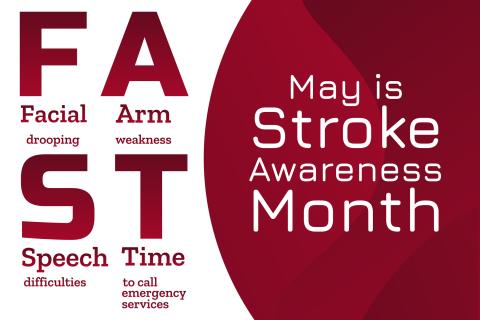Faster Stroke Treatment Is Everyone’s Job
Recent research pinpoints ways our medical organizations and first responders can speed up treatment. These studies also focus on bystanders and the general public, who are most often the ones on the scene when a stroke occurs. Take a look at some of these efforts:
Hospitals. A study from UCLA found that speeding up stroke treatment in hospitals by only 15 minutes could save many lives, as well as reducing disability among stroke survivors. The research team took a look at “door-to-needle” time—the amount of time between a patient’s arrival at the hospital until treatment with clot-busting drugs began. A particular focus of the study was improving readiness when patients arrive during weekends, holidays, and nights. Said study author Dr. Reza Jahan, “We’re trying to improve treatment with better staffing on off-hours and getting doctors to the hospital quicker when they’re on call. Patients who arrive at the hospital at 2 a.m. should be treated no differently than people who arrive at 2 p.m.”
Paramedics. Another study, this one from Michigan State University, looked at what happens before patients arrive at the hospital. “When it comes to strokes, doctors have a mantra: time is brain,” the authors said. “Delaying treatment even by minutes can mean the difference between a normal life and permanent disability, or even life and death.” The team, headed by professor of emergency medicine Dr. J. Adam Oostema, targeted the “pre-hospital side”: paramedics, who by alerting the hospital that they are on their way with a suspected stroke patient can help ensure that the hospital will be ready. The paramedics in the study were enthusiastic and requested follow-up information as to whether they had been correct in their calls. “They wanted to know what happened to the patients after they’d dropped them off,” said Dr. Oostema.
The general public. The third group of people who need to be able to recognize stroke symptoms is…you and me! Very few people suffer a stroke in the presence of trained medical personnel, so awareness of the symptoms of a stroke should be a goal for everyone. The National Stroke Association shares a simple way to remember the signs of stroke, FAST:
- Face: Ask the person to smile. Does one side of the face droop?
- Arms: Ask the person to raise both arms. Does one arm drift downward?
- Speech: Ask the person to repeat a simple phrase. Is their speech slurred or strange?
- Time: If you observe any of these signs, call 9-1-1- immediately, and tell the operator what time the first symptom began.
Kids. These days, with generations quarantining together, a child might be the only person around when an older adult suffers a stroke. Here’s a resource that could help. Researchers at Columbia University Medical Center partnered with hip hop legends, including “The Human Beat Box” Doug E. Fresh, to develop the “Hip Hop Stroke” education program (hiphopstroke.org). The researchers reported that more than half of 4th through 6th graders who took part in the program later demonstrated a good knowledge of stroke identification, including several child participants who were able to put their knowledge into practice by calling 9-1-1. One child even “overruled a parent’s suggestion to wait and see,” and proved to be correct!
And here’s another benefit to learning the FAST acronym: the UCLA experts remind us that many dangerous delays happen when a person is alone and fails to identify their own symptoms. If you think you might be having a stroke, don’t stop to think about it. Call 9-1-1 right away.
